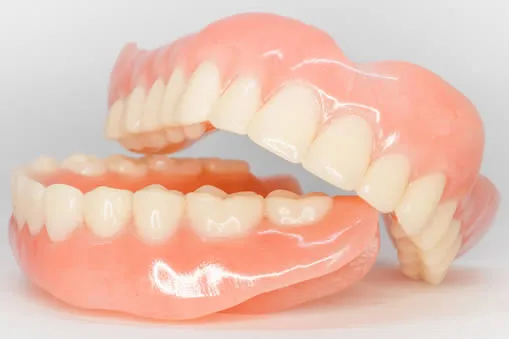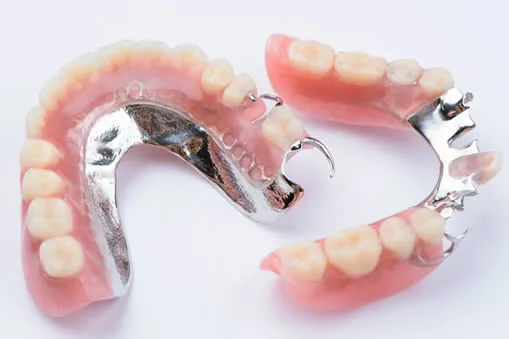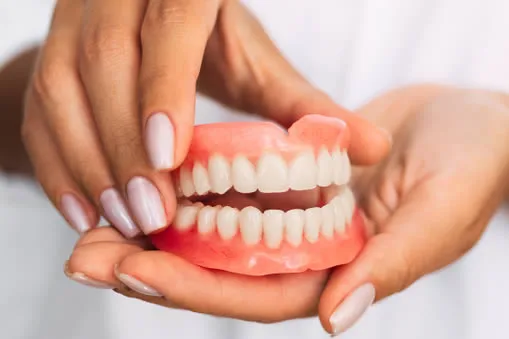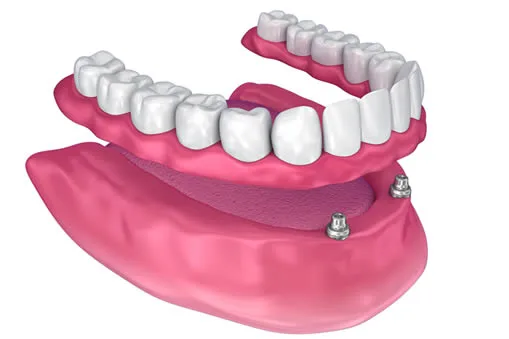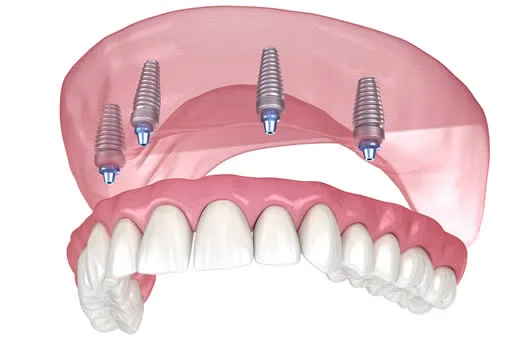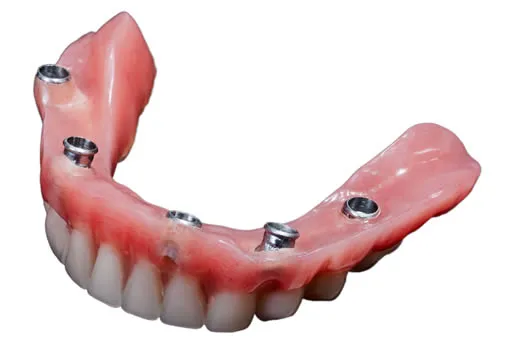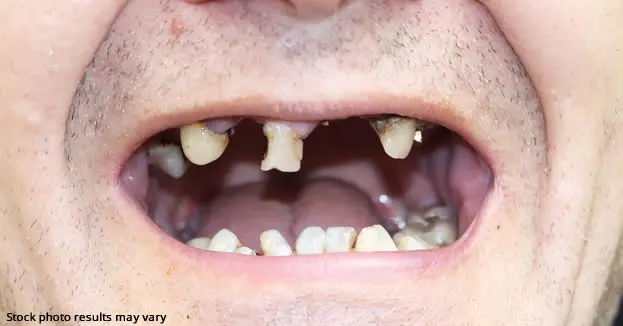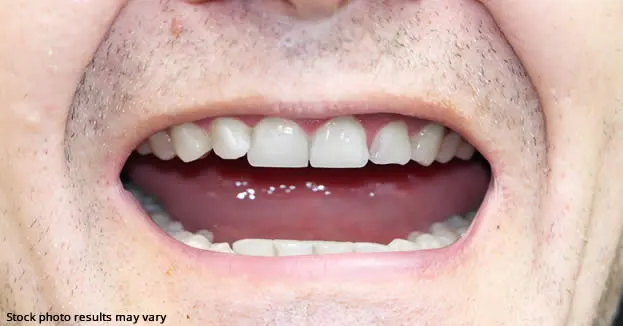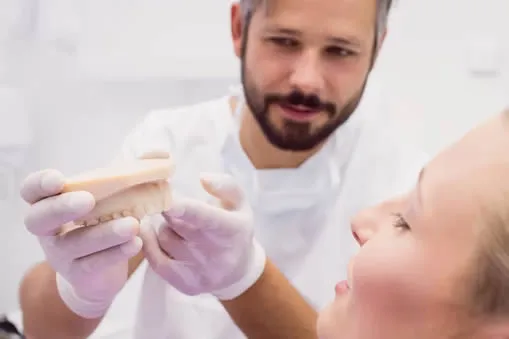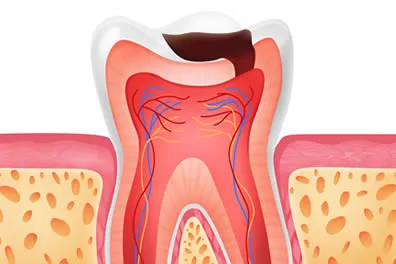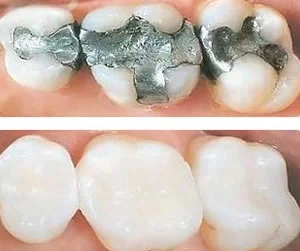Complete and Partial Dentures
Missing teeth can take a toll on one’s confidence and quality of life, making it difficult to smile, eat, and speak with ease. Thankfully, modern dentistry has provided us with effective solutions to restore missing teeth, including dentures and permanent dentures. Dentures are a removable replacement for missing teeth that not only restore your smile but also enhance your oral health and function. Whether you need a complete set of dentures or just a partial one, you can rely on them to give you a natural-looking and comfortable fit. Permanent dentures, on the other hand, are a non-removable solution that can be attached to dental implants or remaining natural teeth, providing a secure and stable fit that feels and functions like natural teeth. Regardless of which option you choose, dentures and permanent dentures can help you regain your confidence and improve your quality of life.
What are dentures?
Dentures are dental prostheses designed to replace natural teeth that have been lost or removed. These artificial teeth and gums are custom-made by your dentist to fit your mouth and restore your ability to eat, speak, and smile with confidence. Depending on your needs, dentures can be full or partial, replacing either all teeth on the top or bottom gum line or just a few missing ones. Your dentures will be tailored to fit your unique mouth shape and color-matched to blend seamlessly with your existing teeth, ensuring a natural-looking and comfortable fit.
What are the different types of dentures?
Complete Dentures
Complete dentures are removable dental appliances designed to replace all of the natural teeth in either the upper or lower jaw, or both. They consist of a gum-colored acrylic base that supports a full set of artificial teeth, which are custom-made to fit your mouth and closely mimic the appearance of natural teeth.
Partial Dentures
Partial dentures are dental prostheses designed to replace one or several missing teeth. Unlike complete dentures, partial dentures attach to the remaining natural teeth with metal clasps or precision attachments, providing a secure and stable fit.
Immediate Dentures
Immediate dentures are a type of denture that are placed immediately after tooth extraction, providing patients with a complete set of teeth during the healing process. They are custom-made to fit your mouth and closely mimic the appearance of your natural teeth.
Overdentures
Overdentures are a type of denture that fit over existing teeth or dental implants, providing a more stable and secure fit. They are designed to snap or clip onto abutments that are attached to the natural teeth or dental implants, which helps hold the denture in place and prevents it from slipping or moving around in the mouth.
Overdentures are typically recommended for patients who have some remaining natural teeth or dental implants that can provide support for the denture.
Implant-Supported Dentures
Implant-supported dentures are a type of denture that attach to dental implants that have been surgically placed in the jawbone. They are designed to provide a more stable and secure fit than traditional dentures, which rely on suction or adhesives to stay in place.
Snap-In Dentures
Snap-in dentures, also known as implant-retained dentures or overdentures, are a type of denture that attach to dental implants using locator attachments or snaps. They offer a secure fit that is less likely to slip or shift when eating or speaking compared to traditional dentures.
What Should I Expect When Being Fitted for Dentures?
In the event that you have damaged or decayed teeth that need to be extracted, our dentist will first perform the necessary extractions before taking a mold of your remaining gum structure and the roof of your mouth. This mold serves as a blueprint for the fabrication of your dentures, ensuring that they fit comfortably and securely.
Once the mold is taken, it will be sent to a dental laboratory where skilled technicians will create your customized dentures.
When the completed dentures are ready, you will return to our dental office in Gaithersburg for a final fitting. During this appointment, our dentist will check the fit and adjust the dentures if necessary to ensure that they are comfortable and secure. We will also provide instructions on how to properly care for your new dentures to ensure their longevity and performance.
It’s important to keep in mind that adjusting to new dentures can take time and patience. You may experience some discomfort or soreness as your mouth adjusts to the dentures, but this is normal and should subside within a few weeks. As you become more accustomed to your dentures, you’ll be able to enjoy the many benefits they offer, including improved chewing ability, clearer speech, and a restored sense of confidence. With proper care and maintenance, your dentures can provide you with a functional and natural-looking set of teeth for many years to come.
ADDITIONAL FREQUENTLY ASKED QUESTIONS ABOUT DENTURES
How do I care for my dentures?
To care for your dentures, you should brush them daily with a soft-bristled brush and mild soap, rinse them thoroughly, and store them in water or denture solution when not in use.
Can I sleep with my dentures in?
It is generally recommended to remove dentures at night to give your gums and jawbone a chance to rest and to allow for proper cleaning and maintenance.
How long do dentures last?
The lifespan of dentures can vary depending on the type, material, and frequency of use, but they typically last between 5-10 years.
Are dentures expensive?
The cost of dentures can vary depending on several factors, such as the type, materials, and the complexity of the fabrication process. At Gaithersburg Dental Care we will provide you with a cost estimate based on your individual needs.
Can dentures be repaired if they break?
Yes, dentures can often be repaired if they become damaged or broken. Your dentist can assess the damage and recommend the appropriate repair method.
Can dentures affect my speech?
It is common to experience some changes in speech patterns when adjusting to new dentures, but with practice, most people can speak normally.
What should I do if my dentures become loose?
If your dentures become loose, it may be time for an adjustment or replacement. Contact your dentist to schedule an appointment for an evaluation.
Is there a dentist near me in Gaithersburg that offers custom dentures?
Yes. At our Gaithersburg dental office we offer dentures to patients that live in Gaithersburg and the surrounding area. Contact our office today to schedule an appointment.
Helpful Related Links
- WebMD – Additional Denture Education
- American Dental Association (ADA). Glossary of Dental Terms.
- American Academy of Cosmetic Dentistry® (AACD). Home Page.
- WebMD. WebMD’s Oral Care Guide.


